This write-up discusses Northeast China, its location, cities, and provinces. Also, we extensively discuss Northeast China’s cuisine, which may be adventurous for anyone seeking to visit Northeast China.
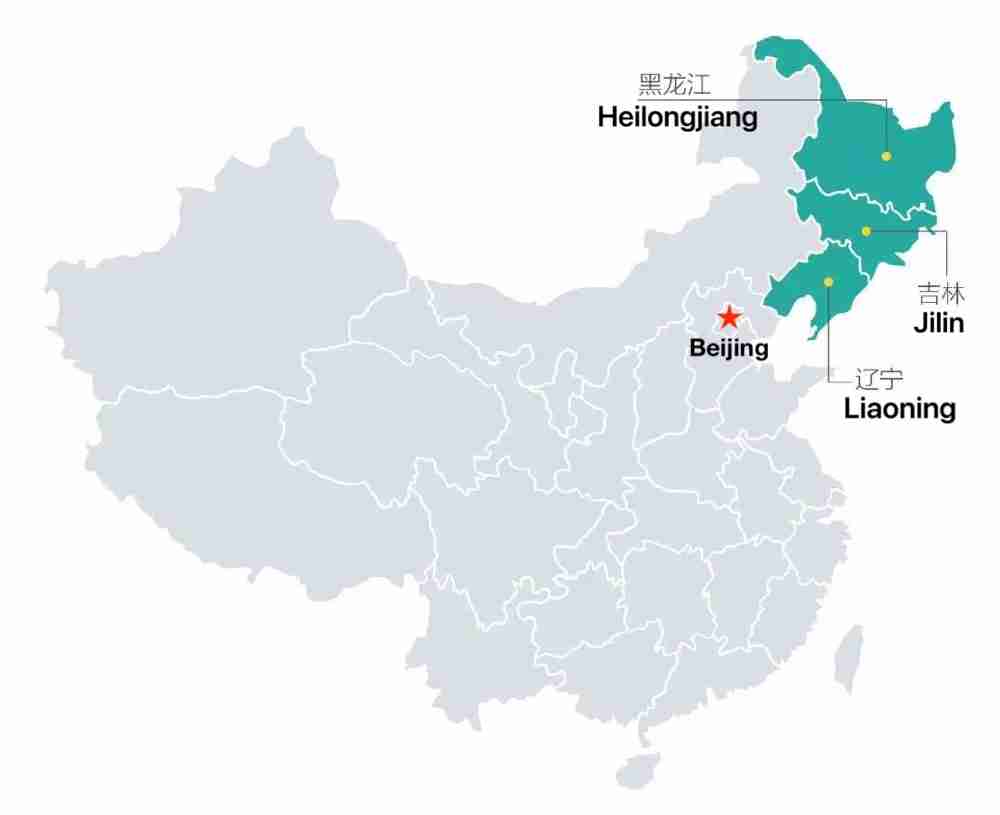
Northeast China is a geographical region of China that corresponds specifically to three provinces towards the east of the Greater Khoisan Range known as Heilongjiang, Jilin, and Liaoning. Historically, it was known as Manchuria. Back then, it was an area located outside the Great Wall that housed steppes and fierce nomadic tribes and was created to protect China and its people from these hostile tribes. In 1644, after the Manchus from this region crossed over the wall and conquered China, they founded the Qing dynasty that lasted up to 1911. It remained the main prize in a complex territorial squabble between Russia, Japan, and China from the 19th century until the end of the Second World War. Once the war ended, the territory was officially and fully under Chinese control and was identified as ‘Dongbei’, which meant the Northeast. Currently, the largest ethnic group in North-East China is the Han Chinese, but you would come across other minority communities such as Mongols, Manchus, and Koreans.
Now that we are familiar with the background and location of Northeast China, let’s learn more about the cuisine, provinces, and cities.
Northeast China Food
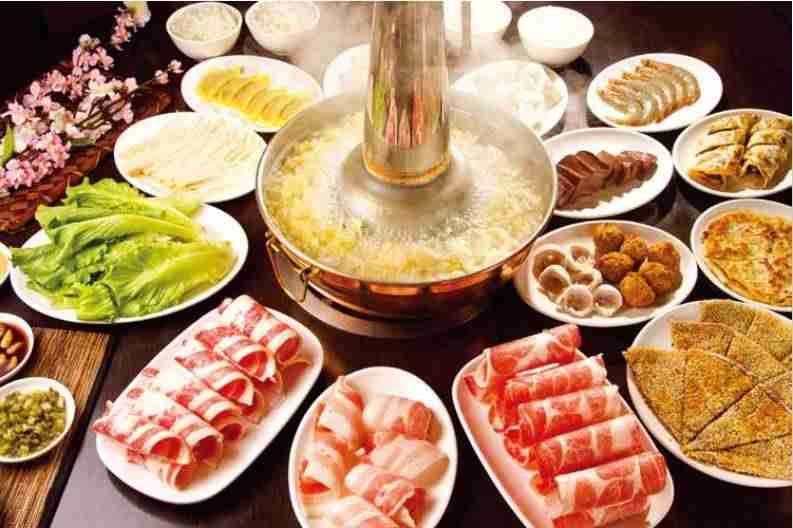
Northeast China food and the method of preparation is shaped by the climate, which in large measure determines the raw materials used to make particular meals and eating methods depending on religious and sumptuary laws under which specific foods are proscribed or required.
Most of their dishes originated from the Manchu cuisine, who were the original inhabitants of the region. Also, Northeast China cuisine is heavily influenced by food preparation methods and dishes from Mongolia, Beijing, Shandong, and Russia. The people of Northeast China heavily rely on large portions and preserved foods because the region features harsh winters and pretty short growing seasons. Also, the climate is cold and dry, so it cannot support rice cultivation hence the main staple crop is wheat.
Tribes such as the Uyghur use wheat to make bread, but other ethnic groups in the region use it for steamed dumplings and noodles. You may also come across grains such as sorghum and millet, which are often used to make alcoholic beverages in the region.
One of the most common methods of food preservation in the region is picking, and they use giant clay pickling cats to pickle cabbages. The traditionally pickled cabbage is known as suan cai, which is used in nearly all Northeastern meals. Another distinct feature between Northeastern China meals and other Chinese cuisines is the eating and serving of more raw seafood and vegetables, especially in the coastal areas.
Other interesting cooking techniques associated with Northeast China are braising, simmering, and sautéing, which are used to produce signature dishes. They incorporate maize and wheat in their daily diet in the form of cornbread, noodles, and steamed buns. Among the most popular dishes are the suan cai hot pot, tea eggs, nian doubao, pork and chive dumplings, congee with and without pickles, cornmeal congee, and sachima. The Northeast region is renowned for its anadromous fish, like the sturgeon and trout banquet, which work pretty well for the riverine environment. Also, their cuisine is filled with dishes made from game animals considering their mountainous environment, and some made using farm animals, but only the ones allowed under culinary law.
Northeast China Provinces
The Northeast China Provinces are;
Liaoning
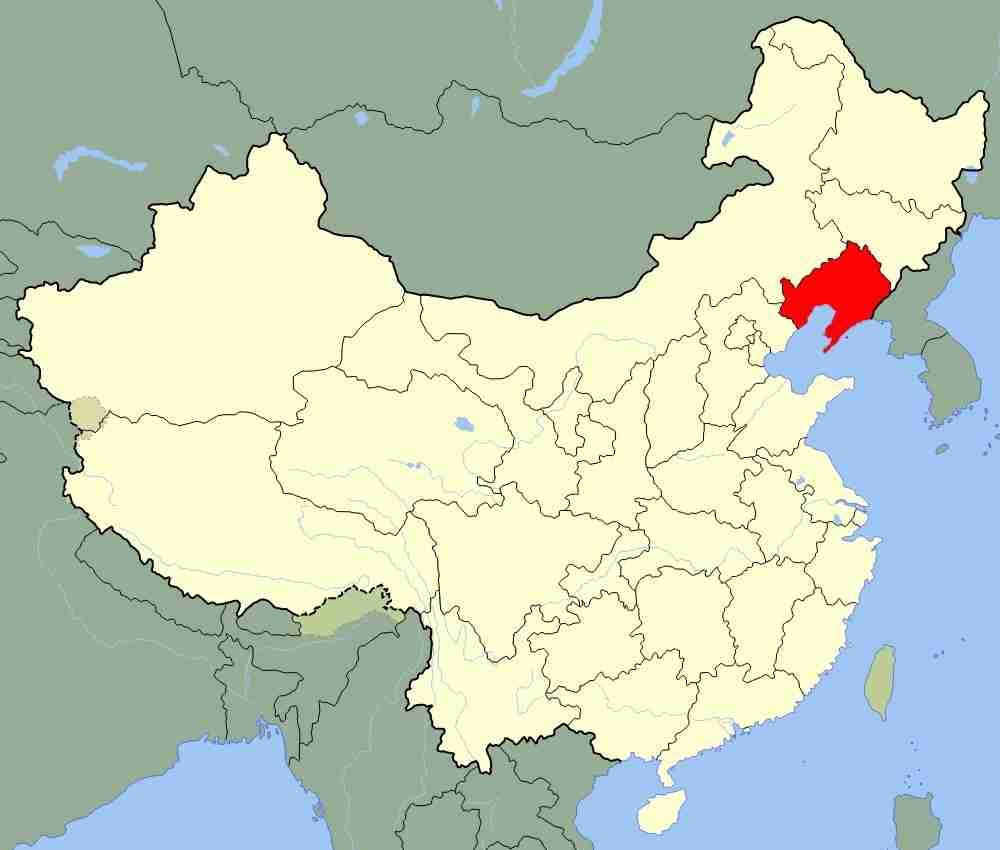
Liaoning is a coastal region that is described as the smallest, southernmost, and most populated province in Northeast China. The name ‘Liaoning’ in Chinese means ‘the Golden triangle’, which describes the shape and strategic location of the province. There is Jilin to the Northeast, Inner Mongolia to the northwest, Hebei to the southwest, the Yellow Sea to the south, and Chagang and North Korea’s Pyangon to the southeast.
It has its capital at Shenyang and is located on the northern shore of the Yellow Sea in China. In ancient times, a gateway between Manchuria (present-day Liaoning) and China proper was established. Back then, it was known as Mukden Province and was under Manchukuo (Japanese-puppet) regime, where its name was reverted to Liaoning until 1954.
Jilin
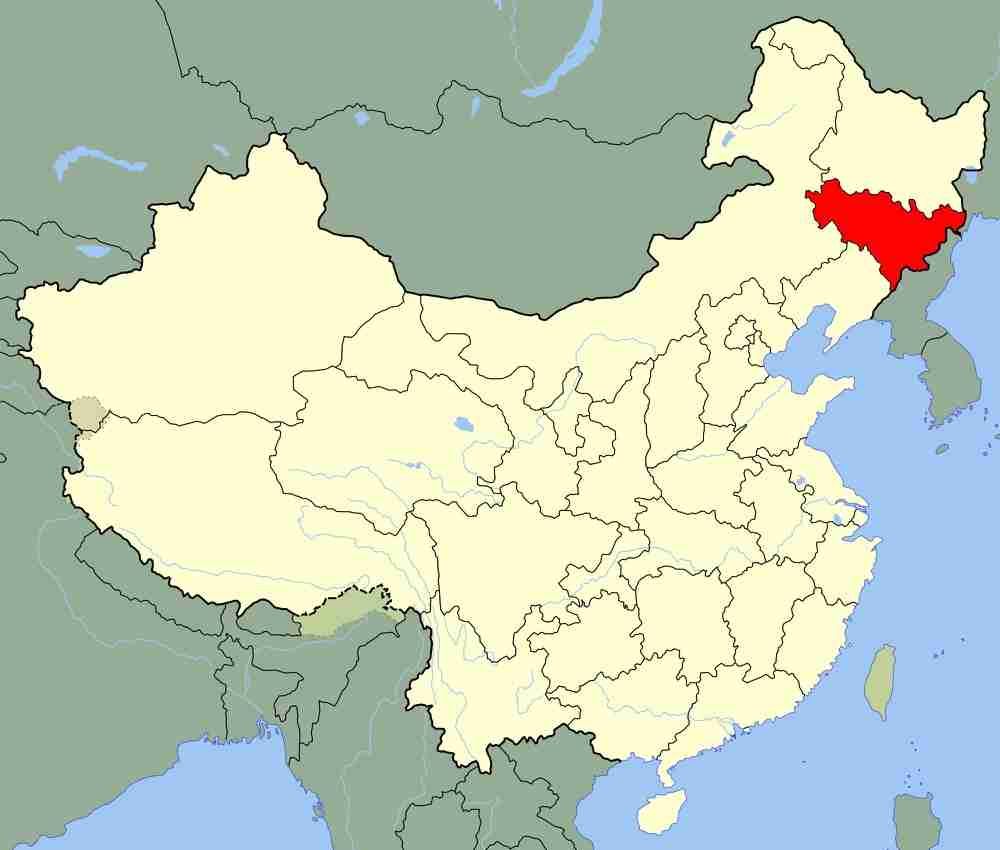
Jilin is alternatively known as Kirin or Chilin, and it is among the 3 provinces of Northeast China. It has its capital as Changchun, and it borders Russia and North Korea to the east, Inner Mongolia to the west, and Heilongjiang to the north. Just like every other part of Northeast China, Jilin went through a period of early industrialization. The region is filled with large oil shale deposits, which contributes to its development and trade growth. At first, the region was characterized by heavy industries and investments, but with time, it started facing economic difficulties when the industries began being privatized. Because of privatization, the central government had to undertake a campaign known as ‘Revitalize the Northeast’ to make essential changes in the region to create prefecture cities.
Heilongjiang
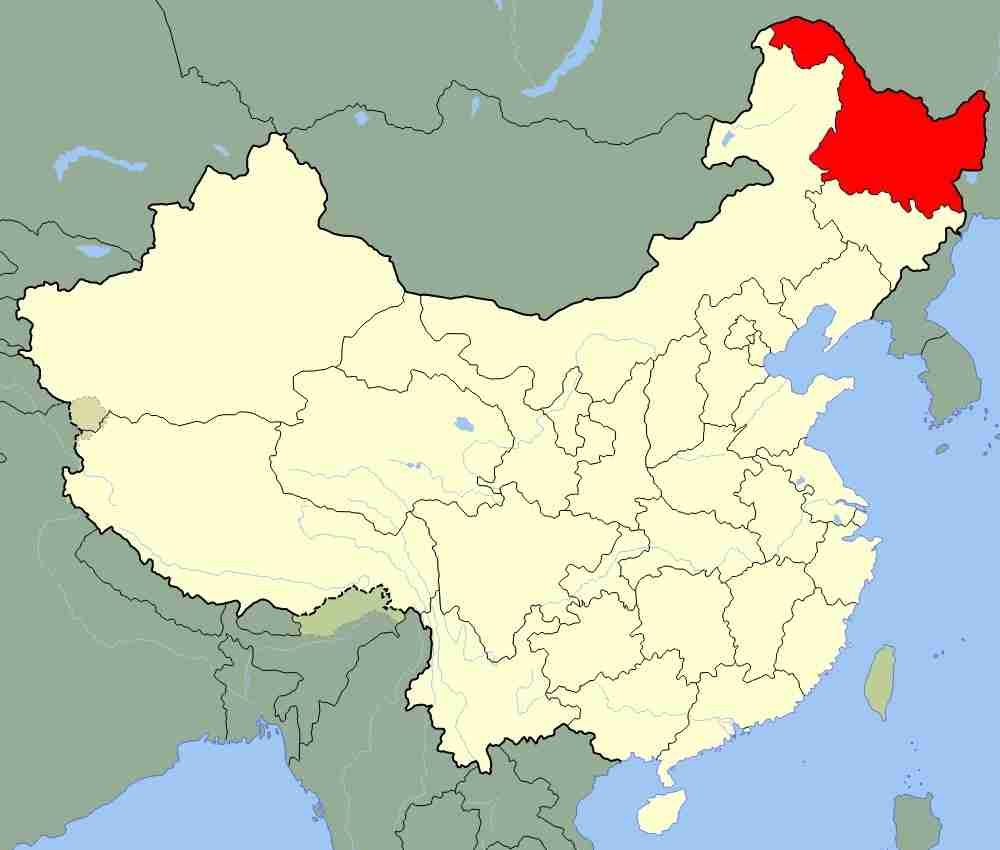
The third province of Northeast China is Heilongjiang, which was initially romanized as Heilungkiang. Its name comes from the Heilong River, which marks the border between Russia and the People’s Republic of China.
It contains the easternmost point (at the junction of Ussuri and Amur rivers) and the northernmost point (Mohe City along the Amur river) of the country, and it is border by Inner Mongolia to the west and Jilin to the south. The province also shares a border with Russia to the east and north. Its capital is Harbin, which is considered the 6th-largest city by total area and one of the most populous. It is renowned for its agricultural production rates and essential raw materials, such as coal, timber, and oil, which significantly contribute to its economic growth.
Northeast China Cities
The Northeast China cities are as follows:
Shenyang
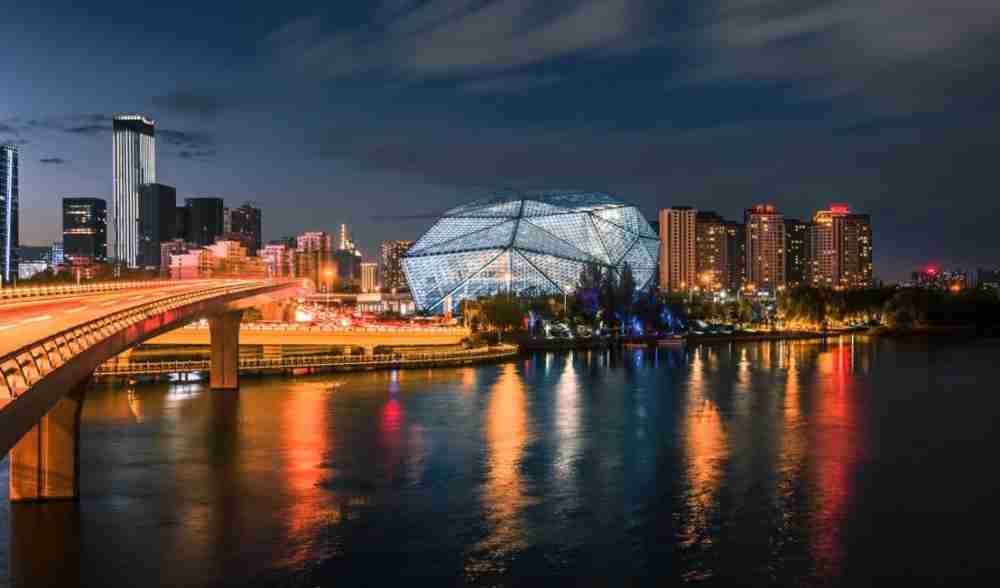
Previously, Shenyang was known as Mukden or Fengtian. It is the provincial capital of Liaoning province and is considered a major Chinese sub-provincial city. It is the most populous city with 9.02 million people and the largest city in Northeast China in terms of its urban population. Its administration has 10 metropolitan districts of Shenyang proper, 2 counties (Kangping and Faku), and the county-level of Xinmin.
It is an important industrial center in China and is used as a commercial and transportation hub of Northeast China. It is involved in links with Russia, Japan, and Korea, and is a heavy industry center recognized by the Chinese central government’s Northeast Area Revitalization Plan. As time goes by, the city seems to diversify its industry and is significantly expanding into the service sector and investing in electronics, automotive, and software. Also, it is known for scientific rescans has been recorded as one of the top 200 cities in the world by the Nature Index. The city houses universities such as Liaoning University and Northeastern University, which are great central points for knowledge acquisition.
Harbin
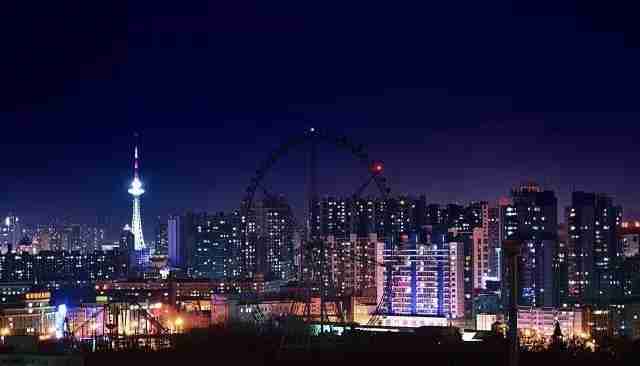
The city was founded in 1898 when the Chinese Eastern Railway was built, and it hosted immigrants from the Russian Empire, who significantly impacted its economic growth and development. Up until date, Harbin serves as an important gateway in the Sino-Russian trade. Also, it serves as an important industrial base of China, and a key economic, cultural, political, and scientific, and communications hub in the region. The city hosts several universities such as the Northeast Forestry University, Harbin Institute of Technology, Northeast Agricultural University, and Harbin Engineering University.
Dalian
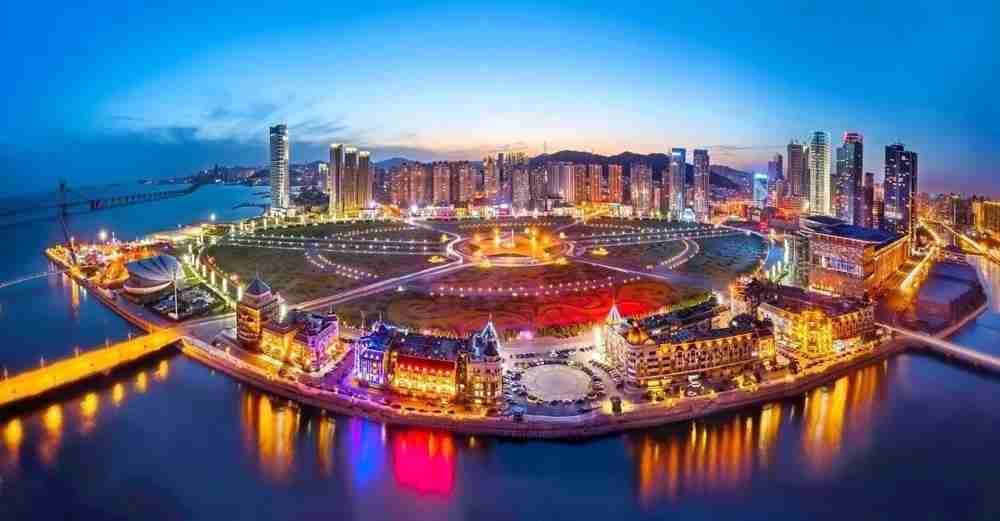
Dalian is located on the southern tip of the Liaodong peninsula, and it is Liaoning’s second-largest city and 4th populous city in Northeast China. It has a significant history of being used by foreign powers for its ports, and currently, it serves as an important shipping, financial, and logistics center for East Asia. The Nature Index identifies Dalian as one of the top 100 science cities as it houses major universities such as Dalian Maritime University and Dalian University of Technology, which are members of China’s prestigious universities I the project 211z
Changchun
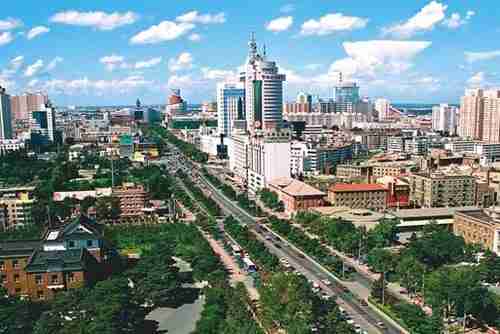
It is a key industrial base with its main focus on the automotive industry. It is sometimes referred to as the ‘Detroit of China’ because of its primary role in the domestic automobile industry of China. To add to that, it has a high urban greening rate, which is part of the reason why it was awarded by the Ministry of Construction of P.R China in 2001 as one of the four ‘National Garden Cities‘. Also, it has major universities which as members of China’s prestigious universities in project 211, which makes it a knowledge acquisition and education hub.
Anshan
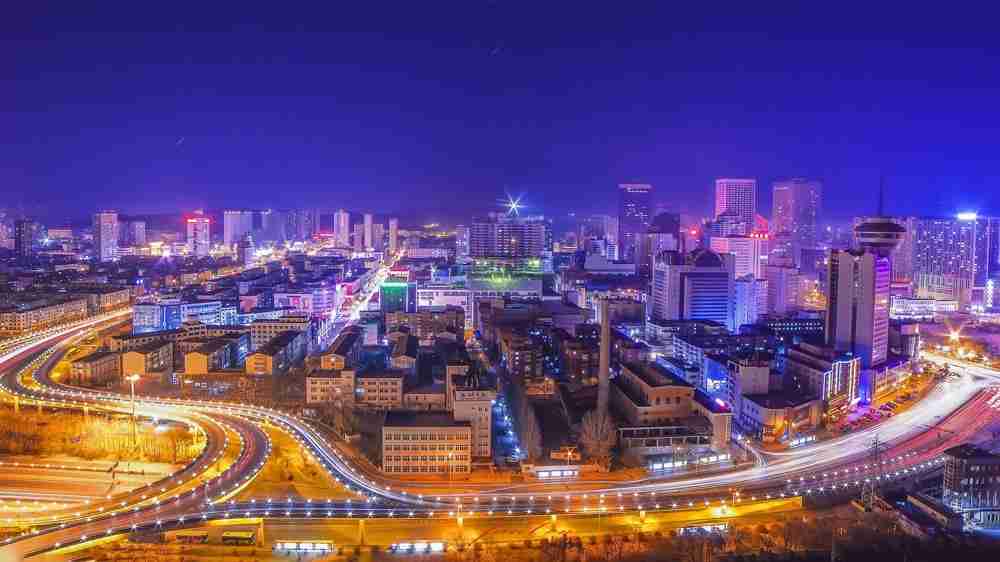
Anshan’s name came from a horse-saddle-like shaped mountain towards the southern part of the city. It houses the largest steel producers in China, known as the Anshan Iron and Steel Group, and it holds a quarter of the world’s reserves of magnesite and a third of the world’s supply of talcum. Also, it produced the largest ever jade stone, which has become a local tourist attraction that was curved as a Buddha statue. It is considered a sister city with Sheffield, United Kingdom.
Jilin City
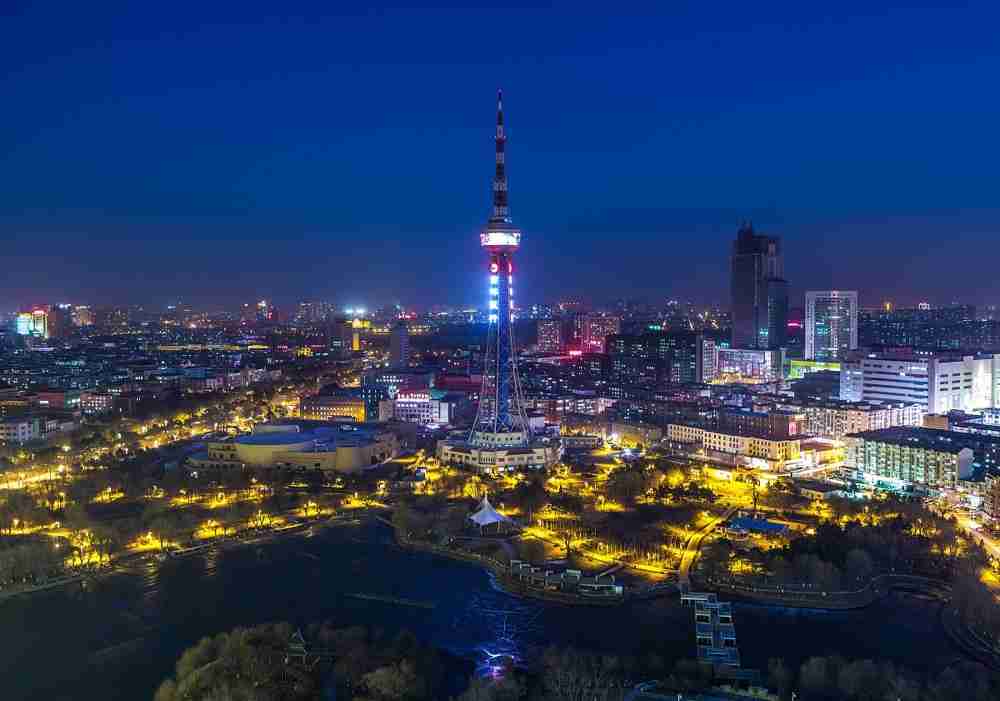
It is the former capital city of Jilin province in Northeast China. Also, it is known as the river city because the Songhai River surrounds the whole city. It features 4 urban districts, and it is the only major city in the nation that shares the same name as its province. It is popular as it co-hosted the Asian Winter Games in 2007, which were intended to celebrate winter sports in Asia.
Daqing
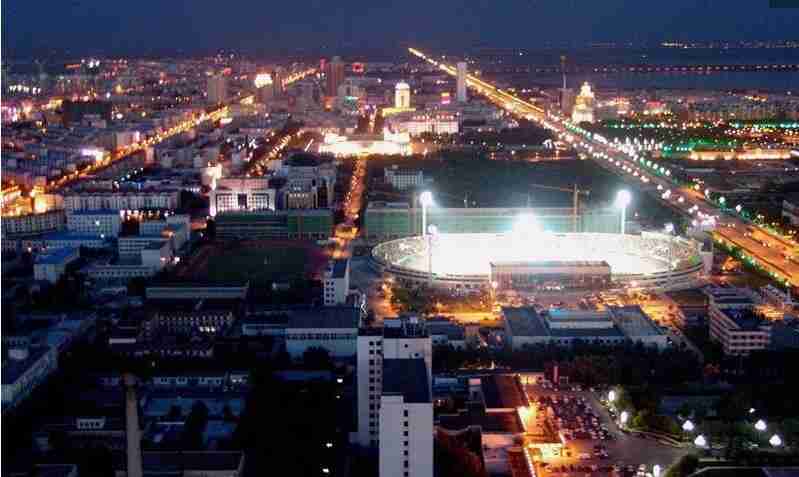
Among the prefecture-level cities in Heilongjiang province, is Daqing whose name means great celebration. In 1959, oil was discovered at the Daqing Oil field, which caused a phenomenal boom. Since then, the city is identified as the ‘oil capital of China’. It features 5 urban districts, but most of its population resides in 4, which are Longfeng, Honggang, Sartu, and Ranghulu.
Fushun
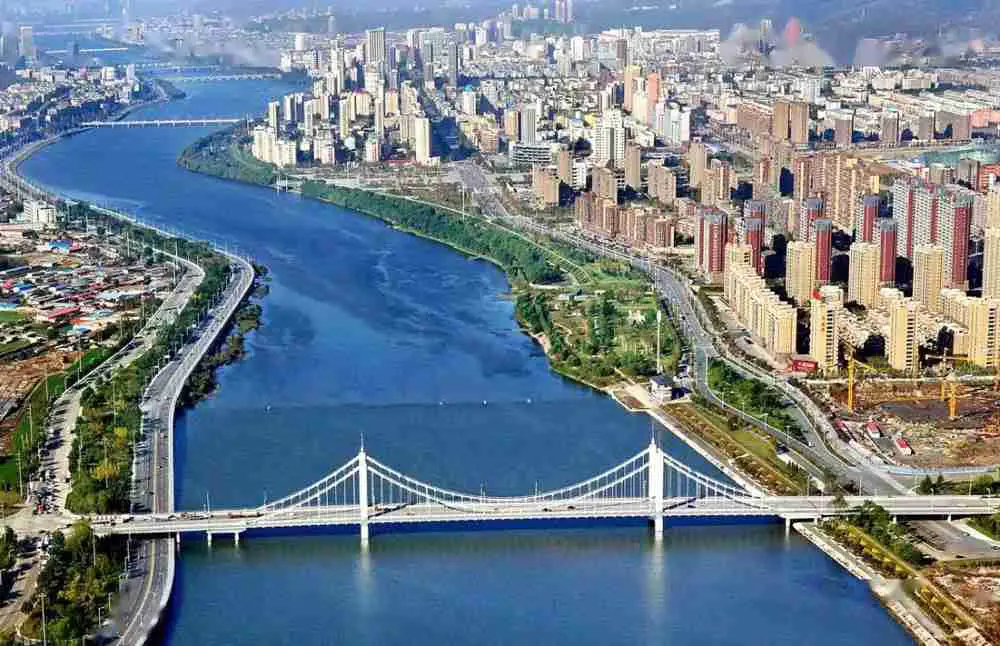
Fushun is a prefecture-level city in Liaoning province, and it is situated on the Hun River. It is considered one of the economic and industrial development hubs in Liaoning that effectively contributes to the nation’s overall development.
Qiqihar
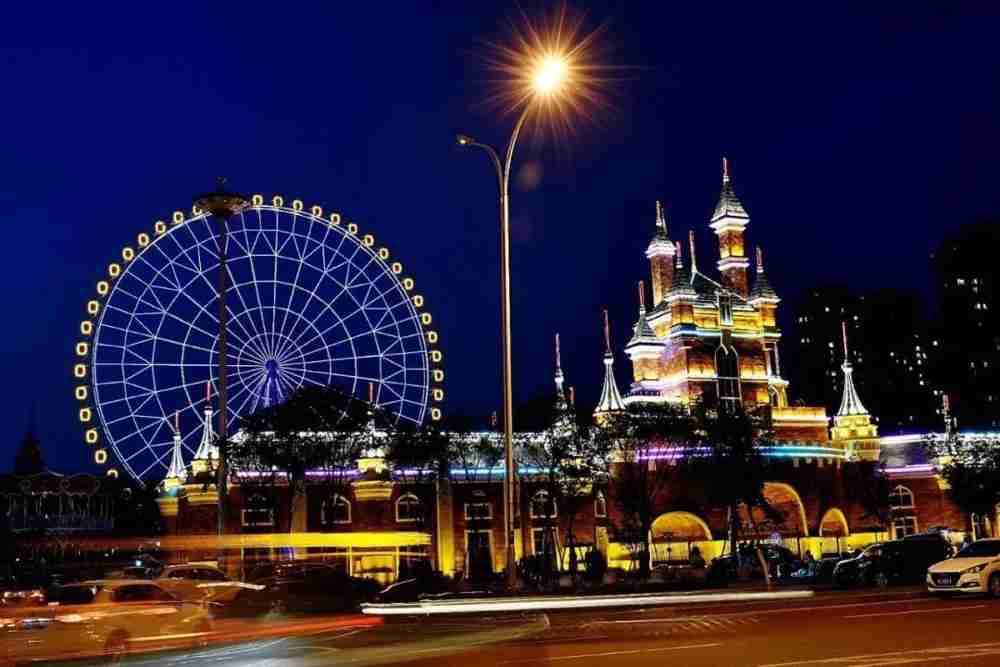
Qiqihar is a city in Heilongjiang province, and it is considered the second largest in that province. The main population of Qiqihar is the Han Chinese, but you can easily come across minority communities such as Daur, Mongolia, and Manchus. Also, it is famous in China for hosting the Zhalong Nature Reserve, which is a natural habitat for several red-crowned cranes.
Benxi
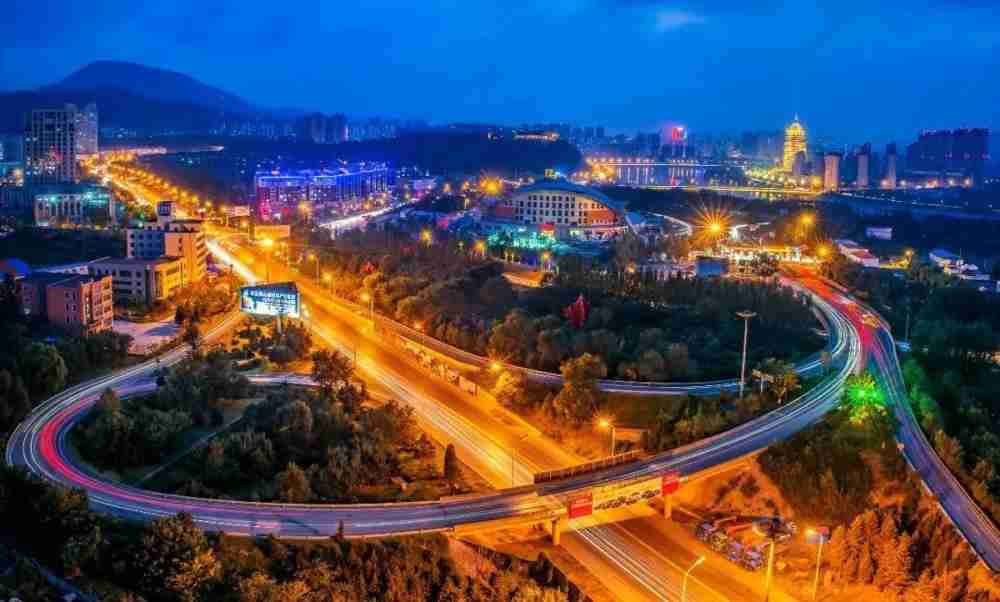
Benxi is found in the eastern side of the Liaoning province and was founded as a metallurgical center back then in 1915. The largest employer in this city is Bengang, which is the 4th-largest steel company in China. Its main focus is coal mining, but it is struggling with pollution issues due to coal mining and steel production that significantly slows down its economic growth.
Conclusion
Northeast China features several tourist attractions and recreational centers that are quite the adventure for anyone looking to travel. Also, it has an interesting history and an impressive food scene.